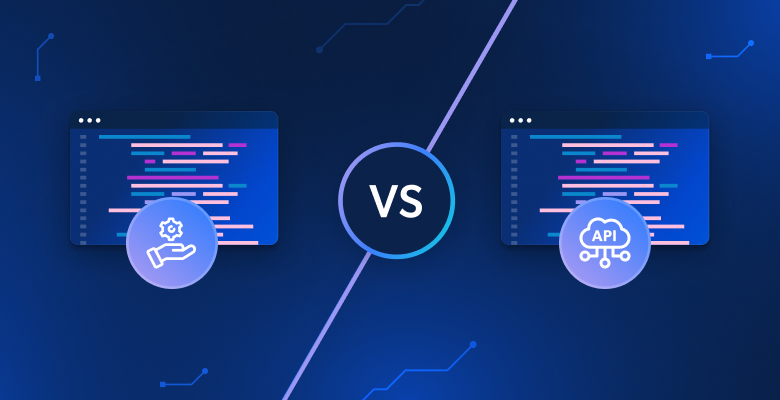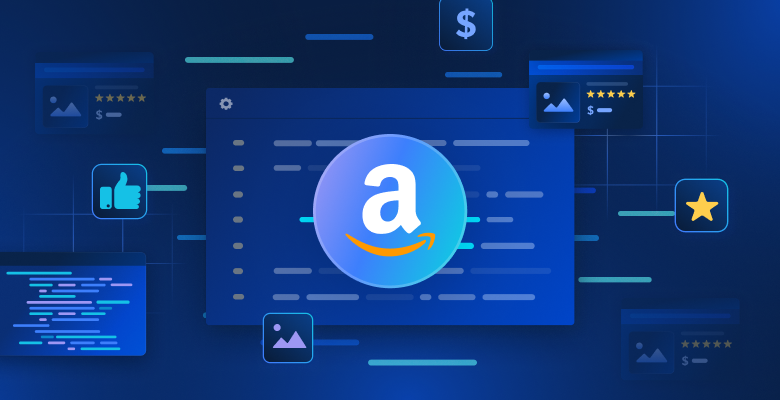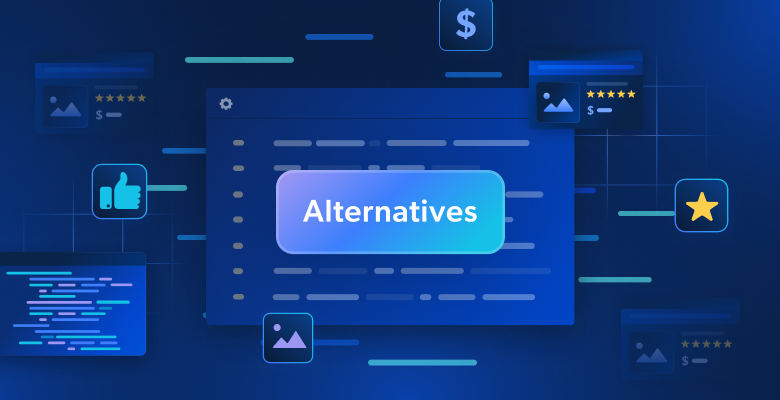In this post, we will cover:
- Which Datasets are the most worthwhile to monitor
- Benefits of collecting customer feedback data
- The 5 best ways to go about collecting buyer reviews
Which Datasets are the most worthwhile to monitor
Consumer reviews help to shed light on target audience sentiment and include the following datasets:
- Star rating of vendors, products, and services
- Written reviews on listings such as on eCommerce marketplaces
- Google (and other search engine) reviews of things such as restaurants and local businesses
- Social media posts mentioning, tagging, and reacting to specific brands
- Discussion forum threads as on Reddit where different companies are compared to determine value for money
Benefits of collecting customer feedback data
Businesses are leveraging customer input in order to navigate their respective fields as follows:
Customer review analysis for eCommerce
Digital commerce actors are collecting data on the highest and lowest star-rated products in their field in order to help determine which products to include in their catalog. They are scraping and analyzing customer-written reviews in order to understand where their competitors are doing a good/bad job and then incorporating those insights into their operations. This may mean improving the quality of an item’s fabric, ensuring packaging is more air-tight, or simply seeing to it that customer representatives are indeed available to help with assembly once the item arrives.
Customer review analysis for marketing teams
Oftentimes consumers will react to marketing campaigns on social media and on discussion forums using text, videos, and memes. This is helping companies better understand consumer sentiment in real time:
- Is the messaging resonating with audiences?
- Which unexpected bits do audiences find especially amusing?
These insights can then be quickly used to react and create more content responding to where interest currently lies. The same thing is being done in reverse order, i.e., identifying current consumer discussion threads and review trends and then using those as marketing campaign starting points.
The 5 best ways to go about collecting buyer reviews
One: Beautiful Soup
Reviews scraping with Beautiful Soup can be accomplished by using a server to download the target site’s content, then sifting through the HTML in order to find the h3 tags, and finally copying the text in the tags in order to generate the desired code-based output.
Two: Java web scraping
Using Java for review scraping entails accessing the site’s Developer Console in order to gain access to the HTML, scraping the desired information, scraping/parsing the code, and then exporting the desired elements into a CSV file using XPath.
Three: PHP-based data collection
PHP can also be used to access and collect your target website’s code. This can be accomplished using both the ‘parsecode’, and ‘echo’ functions so that you can access the code and then remove all the undesired text. Lastly, you can use the ‘$GLOBALS’ or ‘global variable’ function and encompass target information in <p> tags so that they can each be properly isolated and extracted.
Side note: For those companies that are using coding languages but are looking for something to supplement their capabilities, then using an advanced web unlocker could be the best solution. This can help:
- Circumvent website blocks
- Accomplish automated IP address rotation
- Solve CAPTCHAs
- Manage browser User Agents (UAs) and cookies
Four: Web scraping tools and dedicated scrapers
Alternatively, there are web scrapers that serve as fully automated tools in order to collect review data. These have convenient features such as ready-to-use target site crawlers including scrapers specifically built based on constantly changing target site architecture. Here are some web scrapers used to collect customer reviews data:
These no-code templates help you automatically extract and parse reviews, seller star ratings, Sell-Through Rates (STRs), and other social proof/sentiment indicators.
Alternatively, one could use a proxy, such as a proxy for Amazon, which can be used to integrate with your in-house programs. This can be more labor-intensive but can allow you to achieve an unlimited amount of concurrent requests while simultaneously being able to leverage real peer devices within the framework of your company’s infrastructure.
Five: Ready-to-use review data
Amazon datasets, for example, serves as an alternative to all of the previously mentioned data scraping methods that employ coding languages. For these methods to work, you need both time and skill, as well as software and hardware. Datasets offer a completely different way of approaching the data ingestion cycle. It is all about maximizing access while minimizing the time and effort one would otherwise need to invest in order to achieve similar results. You can get a customer review dataset from any publicly accessible website.
The bottom line
Scraping and monitoring reviews can be a beneficial and profitable practice for companies that want to take the pulse on their target audience and competitive landscape. Collecting such open-source feedback loops can be accomplished either using resource-heavy and complex techniques or by running a dedicated scraper or simply purchasing the desired Dataset.
Note: This guide was thoroughly tested by our team at the time of writing, but as websites frequently update their code and structure, some steps may no longer work as expected.






